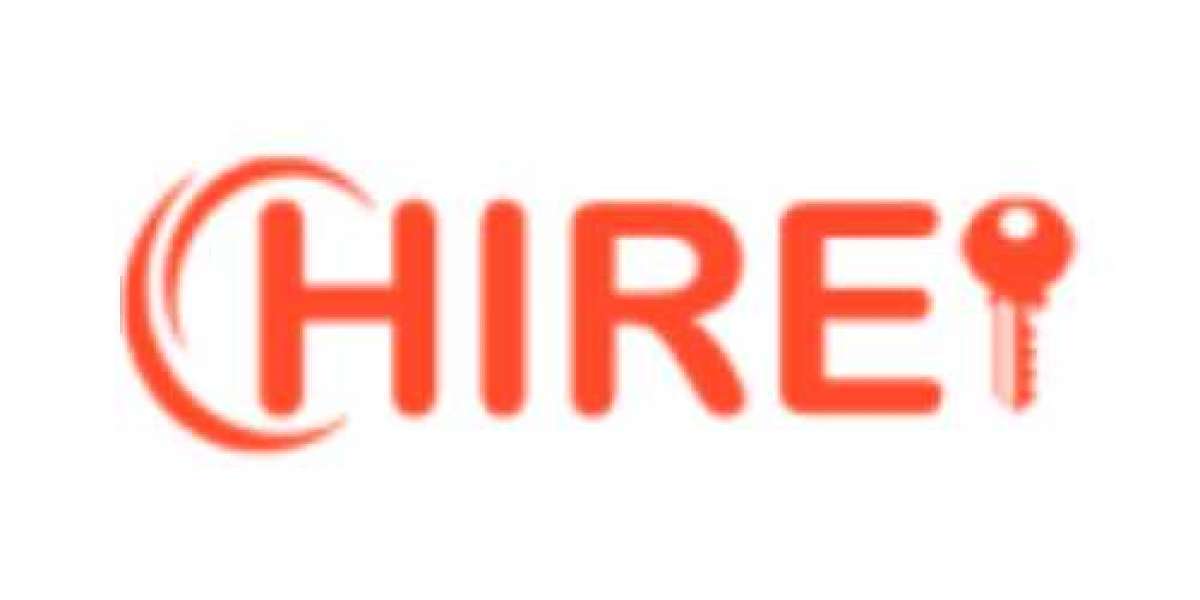Medical Device Accessories: A Crucial Segment Driving Healthcare Innovation and Self-Reliance
The medical device accessories market is experiencing significant growth and innovation, driven by advancements in core medical technologies, the rise of connected healthcare, and a strong push for domestic manufacturing, particularly in India. These seemingly secondary items are, in fact, vital enablers of primary medical devices, ensuring their functionality, versatility, and safety.
India's Focus on "Make in India" for MedTech
In a major development, Manipal Academy of Higher Education (MAHE) and BPL Medical Technologies recently forged a strategic partnership to accelerate medical device innovation. This collaboration, signed under MAHE's "Year of Excellence in Industry-Academia Collaboration" initiative, aims to combine academic research with industry expertise. The goal is to develop clinically validated, cost-effective medical devices and their accessories for both Indian and global markets, aligning with the "Make in India" vision. BPL Medical Technologies, with its new manufacturing facility inaugurated by the Prime Minister under the Production Linked Incentive (PLI) Scheme, is keenly focusing on the consumables and accessories segment, highlighting its importance in meeting the growing demand for medical equipment and fostering self-reliance.
This aligns with the National Medical Device Policy 2023 and the Scheme for Strengthening the Medical Device Industry, launched by the Union Minister of Chemicals Fertilizers, Shri Jagat Prakash Nadda. With a total outlay of Rs. 500 crores, this comprehensive scheme specifically targets critical areas, including the manufacturing of essential accessories and components, skill development, and infrastructure enhancement. This government push aims to reduce India's dependence on imported raw materials and key components, which currently constitute a significant portion of medical device production.
Evolving Trends in Medical Device Accessories
The accessories market is being shaped by several key trends:
- Integration with Core Devices: Accessories are becoming more sophisticated, designed to seamlessly integrate with primary medical devices, enhancing their capabilities and data collection.
- Miniaturization and Portability: Smaller, more advanced accessories are emerging, catering to the growing demand for portable and home-use medical devices, particularly in areas like remote patient monitoring.
- Smart and Connected Accessories: The rise of the Internet of Medical Things (IoMT) is leading to accessories with embedded sensors and connectivity, enabling real-time data transmission for better monitoring and personalized care. Examples include smart blood pressure cuffs, SpO2 sensors, and temperature probes that can transmit data to healthcare professionals.
- Enhanced Functionality: Accessories are not just about connectivity; they are improving core functionalities. For instance, innovations are seen in surgical adapters, electrodes, and leads that improve precision and patient outcomes.
Regulatory Landscape for Accessories in India
It's crucial to note that in India, medical device accessories are regulated under the Drugs and Cosmetics Act, 1940, and the Medical Device Rules, 2017. This means they are subject to the same stringent regulatory framework as the primary medical devices themselves. An "accessory" is defined as a device specifically intended by its manufacturer to be used in combination with a particular medical device to enable or assist its intended use. Therefore, manufacturers are required to register accessories independently, ensuring their safety, quality, and efficacy. Recent regulatory updates in 2024, including the Uniform Code for Marketing Practices in Medical Devices and the strengthening of the Materiovigilance Programme of India, further demonstrate the government's commitment to enhancing safety and aligning industry standards with global best practices for all medical devices, including their accessories.
The medical device accessories market, while often overshadowed by the devices they support, is undeniably a dynamic and crucial segment of the healthcare industry, poised for significant growth and innovation in the coming years.








